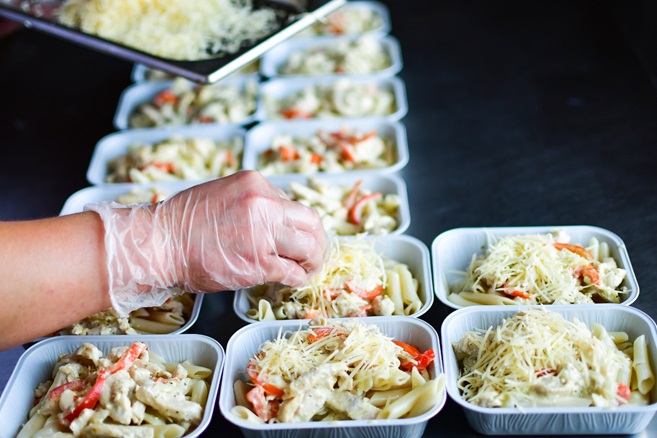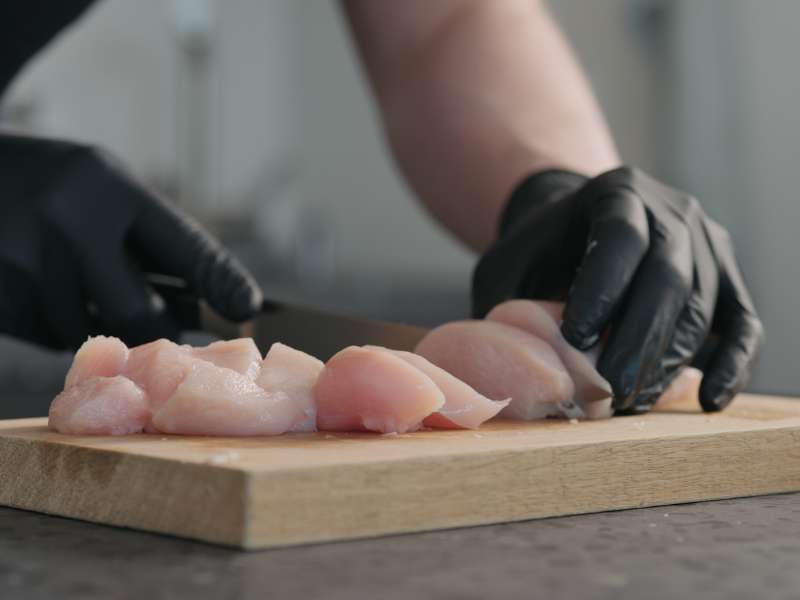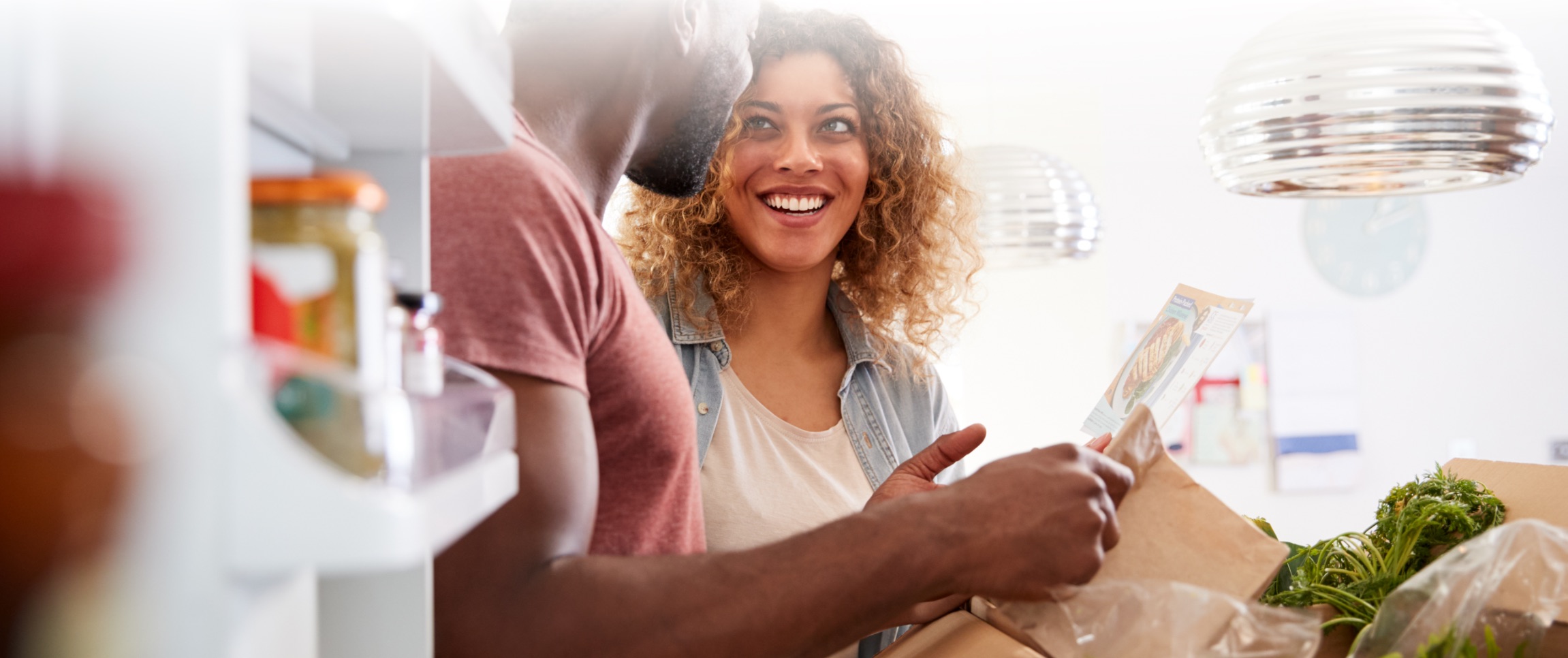As restaurant owners look for ways to pivot during the coronavirus crisis, identifying possible revenue streams such as offering delivery and takeout of food and beverages is a popular option.
In addition to offering standard menu items, some restaurants are now offering ‘pantry’ or ‘market’ boxes with a collection of staple items their customers might need or enjoy. If you’re thinking of offering a pantry basket to your line-up, here are a few things to consider: The concept
A pantry basket (or market basket or larder box or whatever clever name you think of) is a way to package up a combination of staples, like flour and other grains, eggs, and oil, with luxury items like house made pickles, charcuterie, sauces and jams, soups, etc. The pantry basket is offered at a set price and indicates, in the case of perishable items especially, how many people it serves.
The advantages
Like many restaurants, you might have an abundance of product not being used that needs to move. Packaging it up in this way, rather than creating menu items, lessens the amount of labor output you need to turn a profit on each item. Also, it allows your customers to supplement their shopping (however they’re accomplishing that now) with hard to find items in grocery stores, and/or items that may be special to your restaurant - things they love but can’t get right now because you’re not able to offer your full dining room menu. Selling pantry baskets is also a great way to stay top of mind with your customer base so the line of communication is open for you to share any news you have, including reopening plans, fundraising efforts, or advocacy work you’re involved in.
Let’s get started!
Step One: Decide what you will offer
- First take an inventory of your shelf-stable products and determine what is labeled for retail. Any perishable items you need to move through quickly, these should populate your first few boxes.
- Next, look for items you can get from your distributors that customers might need and determine pantry items that work with your concept (and are in high demand). If you’re following the quarantine cooking trends, you’ve noticed people are baking like crazy, so items like flour, yeast, eggs, chocolate, and sugar will be very popular.
 Talk with your Performance Foodservice Representative or local produce and livestock farmers about items available for your operation. This will add value for customers who are unable to get these items elsewhere.
Talk with your Performance Foodservice Representative or local produce and livestock farmers about items available for your operation. This will add value for customers who are unable to get these items elsewhere.- Consider adding frozen products, such as meat, to round out your pantry basket so your customers end up with the ability to create several meals.
- Re-purpose your prepared meals (hot and cold) to be to-go friendly.
- Add cleaning supplies. This can be an add-on in addition to the basket or part of the standard basket.
- Offer alcoholic beverages if legal in your state. Consider ingredients that work well for batched cocktails like Bloody Mary’s or punches, and include a recipe card if possible.
- Create "kits" of items people will buy together often.
Step Two: Make it work for your audience
- Keep in mind most people are quarantined with only a few other people, so keep quantities reasonable for small groups. You may even want to offer a large and small size option for the pantry baskets so customers can choose what’s right for them.
- Decide how you will take orders, likely either over the phone or online, and determine how much lead time you need to fulfill them.
- Train your staff to be able to answer questions customers have about the baskets and the process.
- Retool your existing website to enable online ordering and payment as well as updating and communicating hours of operation.
- Make sure you have refund and return policies in place.
- Consider creating a weekly subscription plan to keep customers coming back for more. Just make sure if you have weekly customers, you’re not giving them too much of the same stuff each week.
- Be flexible if you can. Notice what seems to be selling well from week to week and adjust accordingly.
- Delivery, curbside, and/or pick-up - determine which works best for you.
- Map out your parking lot for curbside pick-up.
- Protect your employees when preparing or handing off food.
- Enforce social distancing.
- Consult and comply with the latest local health codes.
Step Three: Get the word out
- Once you are ready to make your pantry baskets available to the public, write and implement a communication plan. If you have the ability, create social media graphics for Twitter, Facebook, and Instagram. Otherwise, take photos of the pantry baskets themselves and post them on your social media sites to let your customers know what’s in the basket, what the costs are, and how to order.
- Create and post new signage and update your website accordingly.
- Email your customer list your new process and offerings.
- Enlist the local press - let them know how you are helping the community stay safely stocked on provisions through your pantry baskets. You should also consider donating a few baskets to folks in need and medical workers to help support the community during such a difficult time.



